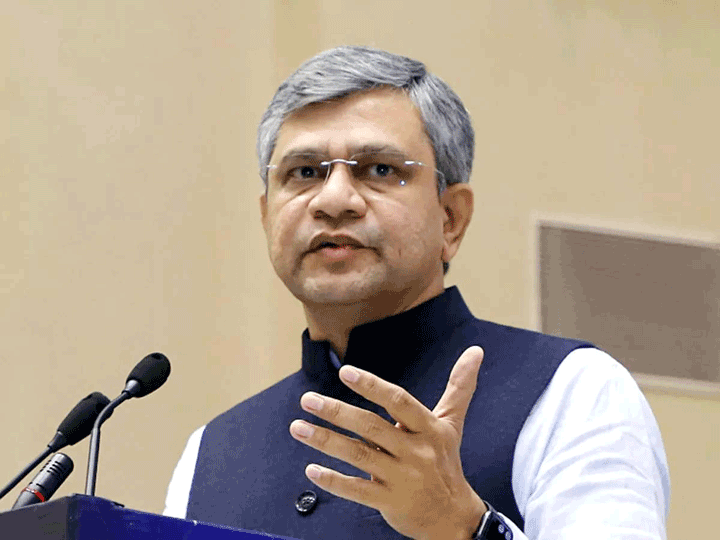Atmanirbhar Bharat: Homegrown telecom companies eye consortiums to stay competitive
Domestic telecom gear makers are eyeing at opportunities to form consortiums worldwide to bring in the competitive edge on the back of Atmanirbhar Bharat (self-reliant India) initiative following novel Coronavirus outbreak, and Centre’s recent push for higher value-addition locally.
“An alliance between domestic companies and international partners will raise the opportunity for India to deliver digital networks, indigenous solutions for 5G, and device manufacturing for the world as part of the global supply chain,” Sterlite Technologies chief executive Anand Agarwal told ETTelecom.
In the coming years, Indian manufacturers see an active role in building globally competitive products and a robust local supply chain that could strengthen the country’s position in telecom equipment space.
Last week, the Centre has revised the Preference to Make in India policy of 2017 that allows greater market access to companies who do 50% value-addition locally and discourages multinationals from importing products into the country.
Agarwal believes that the shift to digital is permanent, and more investment would be required from ecosystem providers, including the government for R&D and towards building the digital infrastructure of the country.
Pune-base company has recently acquired IDS, the UK-based data centre network infrastructure design and deployment specialist.
Sterlite which is one of the few Indian companies having a multinational presence has as many as 350 global patents for competitive products and solutions.
“We invested in 5G vRAN company ASOCS, and have design and Make-in-India partnership for 5G solutions with VVDN Technologies, and technology advancements with IIT Chennai in addition to a partnership with the US-based VMWare, to deliver 5G access solutions for telcos and large enterprise customers,” the company’s top executive added.
Another Indian gear maker Tejas Networks, a desi rival of Chinese giant Huawei Technologies, believes that India must have a design-led manufacturing approach that would create high value-addition, more job opportunities and also address long-term strategic and security needs to become self-reliant.
Last month, Prime Minister Narendra Modi has launched an initiative and said the country should perceive the Covid-19 crisis as an opportunity to achieve economic self-reliance, and stressed upon the need of promoting local products.
However, Indian telecom equipment makers blame officials of circumventing the existing Make in India or domestic manufacturing policy directions to favour foreign players.
“Since we do have many domestic companies which are doing R&D and creating their own products, a consortium approach to bring complementary skill-sets and products strengths to create an Indian end-to-end solution is needed,” Sanjay Nayak, chief executive of Tejas Networks said.
Nayak further said that such consortiums can also be led by large Indian IT services companies, who have global experience in building telecom networks.
“For new technologies like 5G, the government should enable licensing of background intellectual property rights (IPR) from global players on a fair and reasonable basis to Indian companies,” the top executive added.
The Bengaluru-based company feels that for semiconductor chips, India should focus on fabless chip-designs and partner with semiconductor foundries in Taiwan and Korea to manufacture semiconductor chips with Indian IPR and design.
“We believe that a consortium-led approach would be a good move with a focus to take Indian companies to international levels in capacity and capabilities with support from state-funded R&D,” Sandeep Aggarwal, promoter of Paramount Communications said.
Aggarwal, also co-chairman of Telecom Equipment Promotion Council (Tepc), a Delhi-based domestic companies group, added that the government should unveil the much-sought production-linked incentive scheme to boost the country’s self-reliance.











